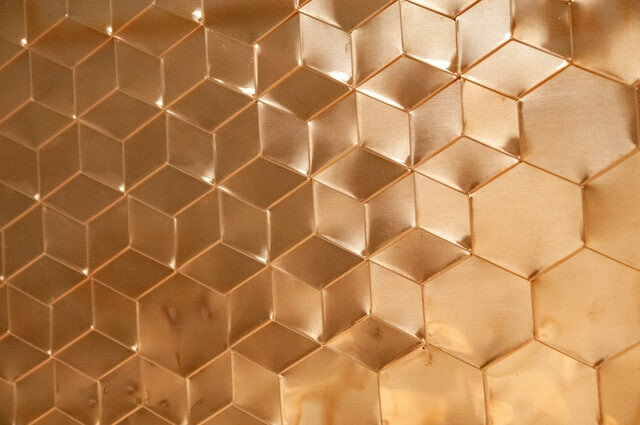
The Details! Facts To Know About Custom Coin Plating Options
Choosing the right finish to make your custom coins stand out
When you design a challenge coin, every aspect should fit your specifications, from the representation of your art to the feel of the coin. The plating is the metal used for the coin's external finish. The metal plating of a challenge coin significantly impacts your coin's look and feel. It's essential to know the options and understand the differences between your choices.
Your choice of plating will be the backdrop of your design, whether you choose gold, silver, copper, or another alternative. Some layouts and artwork lend themselves better to specific plating alternatives. Below, we explore all of the plating choices we offer, as well as their benefits and drawbacks.
Challenge coins are commonly plated with gold or silver, which are great options for almost any coin. Copper and nickel have a distinct look that is eye-catching and unique. These can be further customized with high polished or classic antique-style coins.
High Polish and Antiqued Coins
High-polish coins are the most common. High polish challenge coins are striking and reflective, giving the coin a cooler tone while making it noticeable at a glance. Antiqued coins have a subdued look, almost matte in appearance. Though not as shiny, these coins have a refined look that brings out the coin's details.
Antiqued plating leaves shadowed areas in the recesses, while the raised areas are brighter. This is great for defining details and elements of the art. The aged appearance also has a warmer tone. Choosing one or the other isn't always an easy decision, but the overall style of your coin will play a prominent role.
High Polish Plating
High polished gold plating has an iconic glow, though it can make fine details hard to see. This plating is best paired with designs that feature dark areas contrast the gleam. High polish silver plating is a popular choice as well. It catches light quickly. It's a perfect option for challenge coins that you want to replicate the look of silver currency. High polish copper is an excellent alternative as well.
Antique Coin Plating
Antiqued plating has a timeless appeal that is unrivaled. Antique gold plating has a warmer look and darker finish. This lends itself perfectly to coins with fine details and small scripts. It's one of our most popular options. Antique silver plating is much darker than high polish silver. The finish gives uncolored designs a touch of elegance, with an almost pewter-like look. Antique copper is stunning thanks to deep dark red shadows in the open areas of the coin and a fascinating shading effect on 3D coins.
Designing High Polish Challenge Coins
If you choose a high polish plating for your challenge coin, make the most of the surface area. Find ways to highlight the details of the coin. With high-polish coins, there isn't a lot of natural shading on the coin's surface, so use simple art with dark colors. Creating contrasts on your coin will emphasize the important details and create a memorable look. Keep the text recessed and color-filled. This will highlight the significant aspects of the design, making words clear and legible. Color-heavy setups use high polish plating because it frames and highlights solid colors well. If you do not plan on using any color, avoid elements with fine details. On a high polish surface, thin lines and too many curved surfaces will be hard to see. The reflection will create a light glare that will take away from the look of the coin.
Designing Antiqued Challenge Coins
Antique plating brings out the fine details of any format. Typically, antiqued coins look great without any added color or embellishments. Antique plating highlights the most intricate details thanks to the shadowed areas and curves. Fine lines found in the text or elements such as fur, wings, stonework, and faces are much easier to distinguish. The more complex and detailed the look, the better defined and precise it will look with antique plating. Antique plating is especially great for 3D designs. The curves and textures will come to life and stand out much better. Remember, less color is better with antique plating. Using too much paint will waste the aesthetic of the plating. Nevertheless, you can highlight specific details such as a symbol or logo.
Now that you understand each plating and its ideal applications, you can select the best choice for your coin. You can also check out our Coin Options page for a breakdown of attractive coin options that will enhance the appearance of your coins.